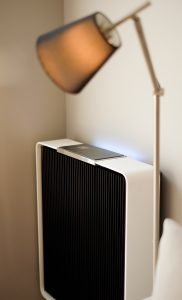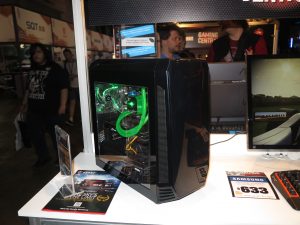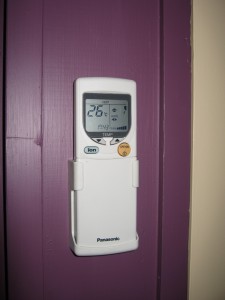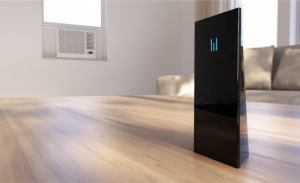Google Nest thermostats to have HVAC fault notification
Article
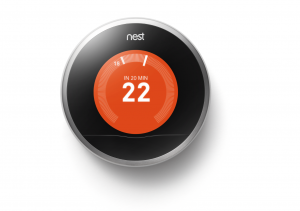
These Google Nest thermostats will be able to let you know if the heating or cooling is about to break down
Nest thermostats in the US and Canada can now monitor your HVAC system | Engadget
From the horse’s mouth
Behind the scenes with the new Nest Thermostat (Blog Post)
HVAC Monitoring from Google Nest (Support Article)
My Comments
Google has added a notification function to their range of Nest smart room thermostats to let you know if the heating or air-conditioning is failing.
This has been a side project of theirs as part of the main Nest Smart Thermostat effort but is now finished. It will be available not just to the latest Nest thermostats but also for older models installed in the US and parts of Canada. The functionality will only work with forced-air systems that we in Australia often refer to as “ducted” systems, most likely because they are the most common type of residential heating / cooling setup in the US.
The functionality detects anomalies in how quickly the home heats up or cools down to the temperature the thermostat is set at. For example, it will alert you if it is becoming colder or taking too long to heat up while the heating is actually on; or becoming warmer or taking too long to cool down when the air conditioning is actually on. This will usually highlight a failing air-distribution fan or the burner in a heating system not staying alight while needed.
As well, it monitors the HVAC system’s control circuitry to identify abnormal shutdown activity or whether it is actually on and working as intended. Here, it observes conditions where the gas-fired heating may intermittently fail to light up or stay alight for the duration of the heating cycle or the air-conditioning fails to start cooling or runs longer than expected,
You receive the reports via e-mail or the Google Home App or a “heads-up” alert can be indicated on the thremostat itself. In most cases, you will have to call out your HVAC technician to rectify the problem. The “early alerts” functionality can be of use if you have your HVAC technician service your system regularly so it is working reliably and safely for the seasons that matter.
At the moment, Google encourages the use of “Nest Pro” technicians who partner with them to supply and install the thermostats or the “Handy” tradespeople platform who partners with Google. This allows for you to book them to attend to your system at the times that suit you through these platforms.
Thanks to the use of standard heating/ventilation/air-conditioning wiring setups that the Google Nest thermostats use to interface with the heating and air-conditioning, there is no need for this kind of system-health monitoring to be dependent on the use of a particular brand, model or series of HVAC system. This factors in the reality that “durable” products like these systems are expected to last many years and there is the requirement to allow newer thermostats like these to work with the older systems that are still in service.
Here, what I am pleased about is the idea of Google allowing a smart thermostat to be able to alert you to your heating or cooling system being at risk of underperforming or failing to make it through the seasons that matter. Hopefully they will have this kind of functionality for other types of heating or cooling setup or available in other markets. I also see this as a direction for smart thermostats from other manufacturers to alert you to the state of your HVAC setup.


